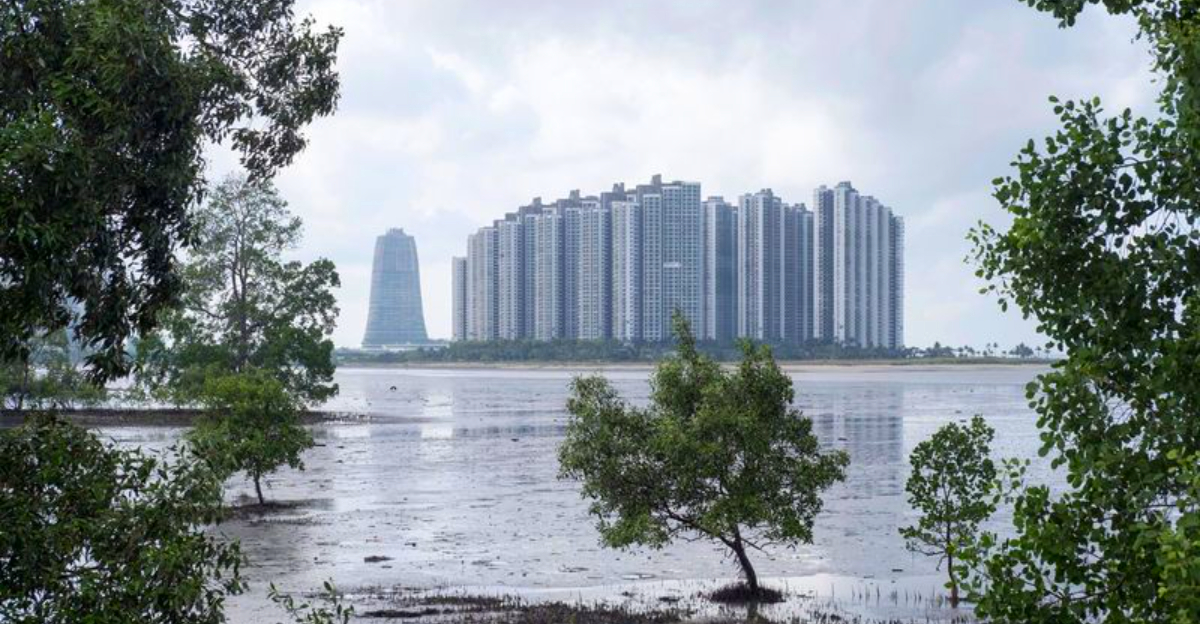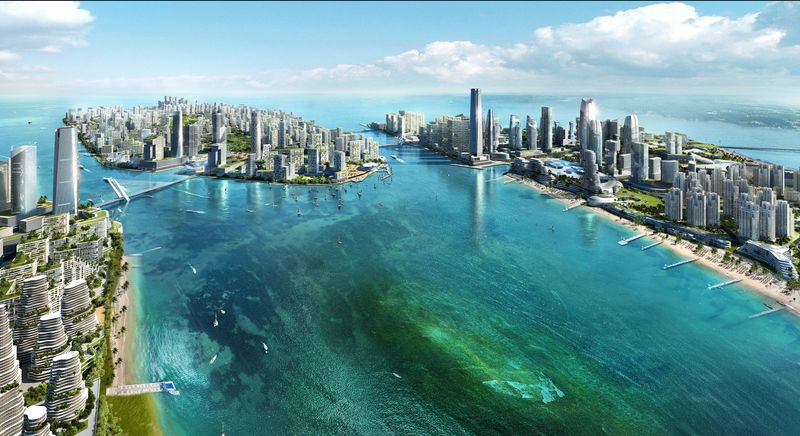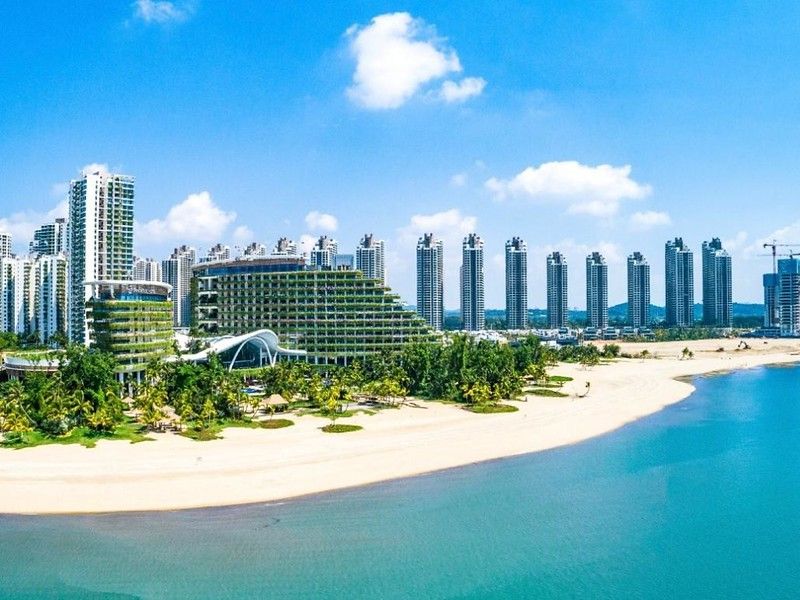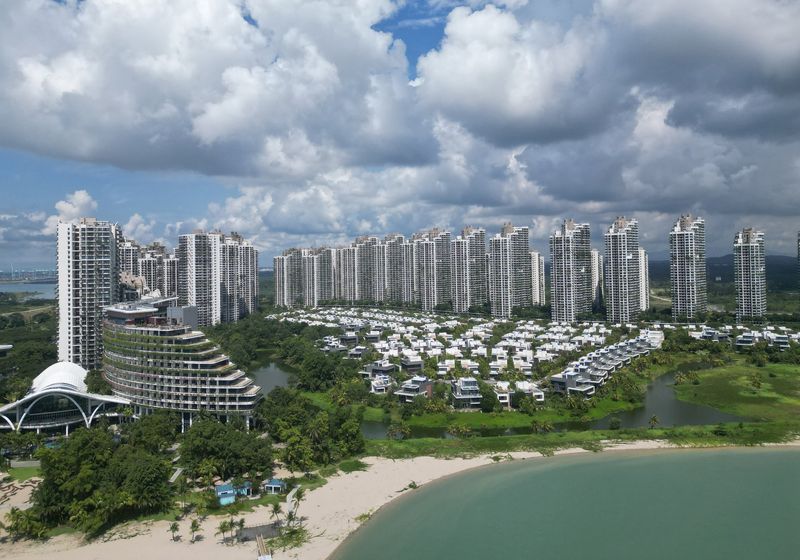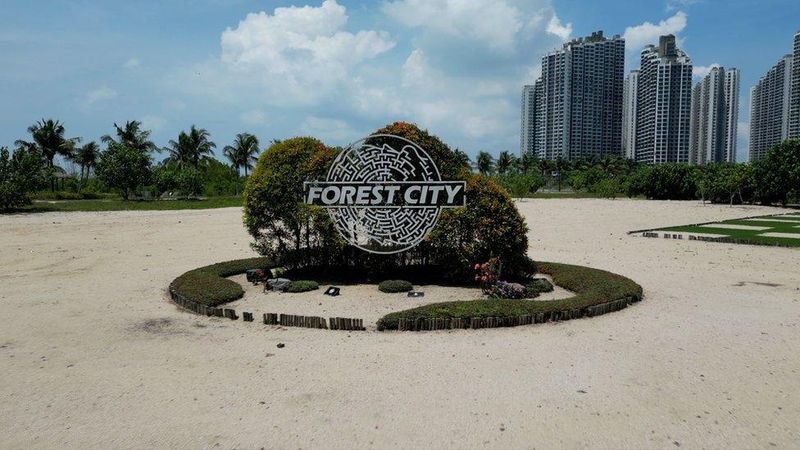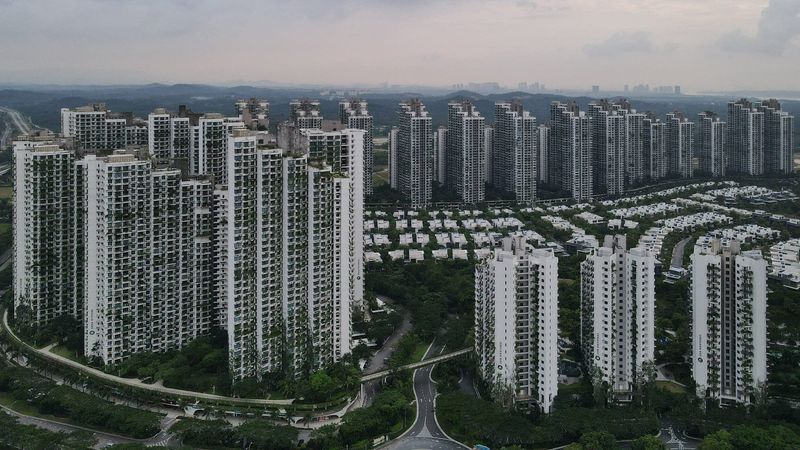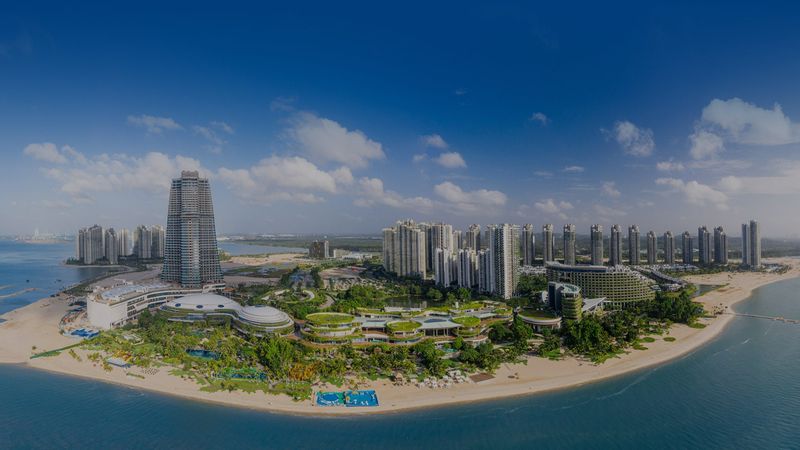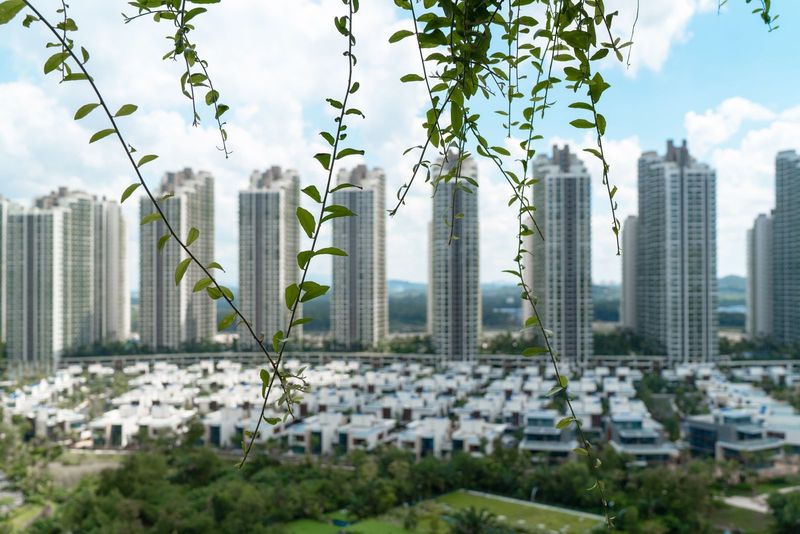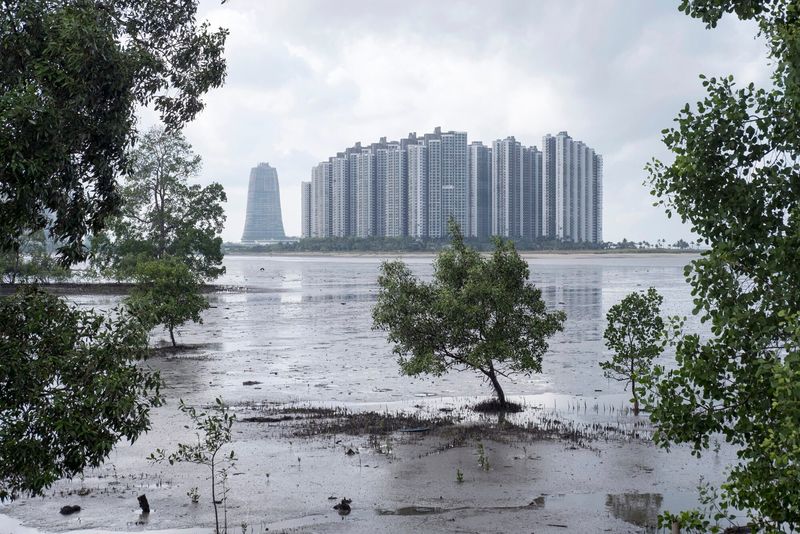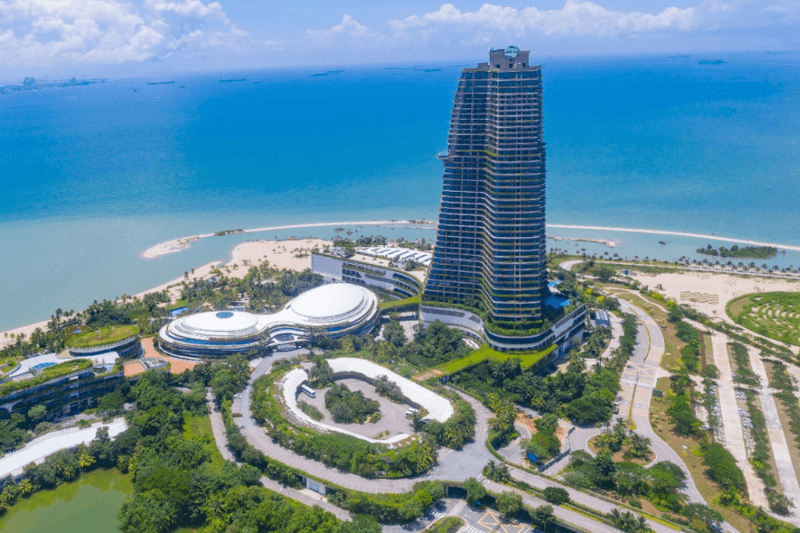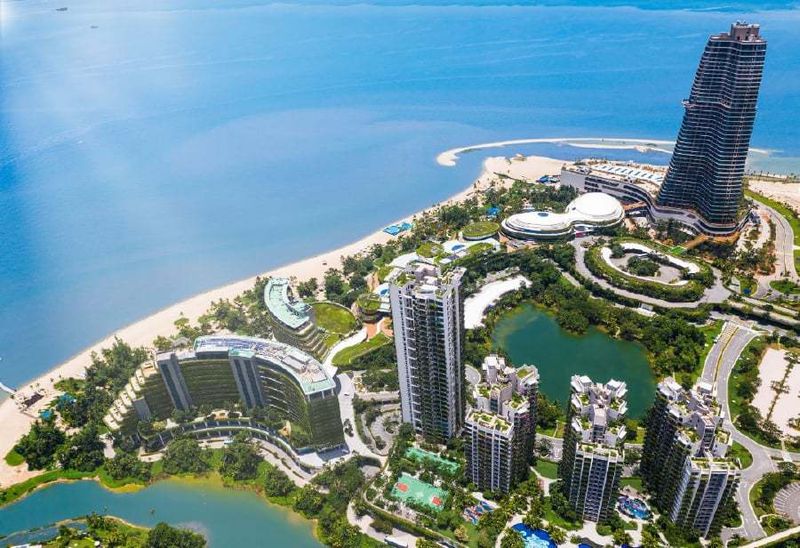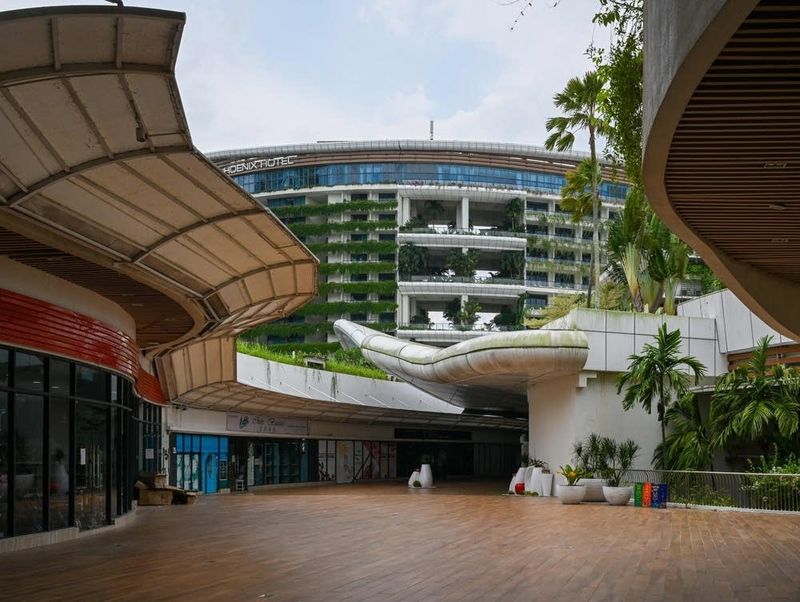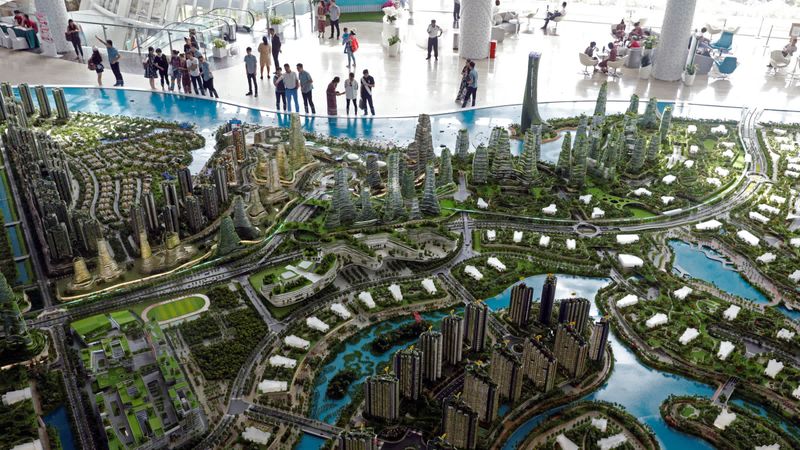Forest City in Malaysia has become one of the world’s most talked-about urban developments, often called a “ghost city” because of its empty towers and quiet streets. Built on reclaimed land near Singapore, this massive project promised luxury living and cutting-edge technology but fell short of its grand vision. Yet despite its struggles, people continue to show interest in this controversial development, and recent government efforts aim to breathe new life into it.
1. A Two-Decade Vision Launched in 2006
Forest City was first announced in 2006 as an ambitious twenty-year development project. Developers envisioned transforming empty ocean into a thriving metropolis filled with residents and businesses.
The timeline stretched across two decades to allow for careful construction of multiple phases. Each stage would add more buildings, infrastructure, and amenities to the growing city.
Planning such a massive undertaking required coordination between governments, investors, and construction teams. The project aimed to create something Malaysia had never seen before: a brand-new city built entirely from scratch on the water.
2. Prime Location Near Singapore
Geography played a huge role in Forest City’s appeal. Situated in the south-western corner of Johor Bahru district, the development sits just across the border from wealthy Singapore.
Builders constructed the entire city on reclaimed land pulled from the ocean floor. This artificial foundation allowed developers to design the layout exactly how they wanted without existing structures in the way.
Being so close to Singapore meant easy access to one of Asia’s richest economies. Commuters could potentially work in Singapore while enjoying lower living costs in Malaysia, making the location strategically valuable for the right buyers.
3. Dreams of 700,000 Future Residents
Original blueprints imagined Forest City housing around 700,000 people once fully completed. That population would rival many established cities and create a bustling urban center.
Planners designed residential towers, schools, hospitals, and shopping areas to support this massive community. Every detail considered how to make daily life convenient for hundreds of thousands of residents.
Such optimistic projections reflected confidence in the project’s appeal. Developers believed their vision would attract waves of people seeking modern, luxurious living near Singapore’s economic opportunities.
4. A Partnership Between Two Countries
Forest City emerged from a joint venture between Malaysian and Chinese entities. Kumpulan Prasarana Rakyat Johor, a Malaysian state-linked organization, partnered with Country Garden, a major Chinese developer.
Country Garden Pacific View holds 60 percent of the shares, giving the Chinese side majority control. This arrangement brought Chinese investment money and construction expertise to Malaysian soil.
Such international partnerships can create opportunities but also complications. Different business cultures, regulations, and expectations sometimes clash, affecting how smoothly projects progress and who benefits most from the development.
5. Far Fewer Residents Than Expected
By June 2023, only 8,000 to 9,000 people actually lived in Forest City long-term. That represents a tiny fraction of the 700,000 residents originally anticipated.
Some reports paint an even bleaker picture, suggesting merely 2,000 people occupy the vast development. Many of these residents work as maintenance staff or essential workers rather than typical homeowners.
Walking through Forest City feels eerie because so many apartments sit dark and empty. The gap between vision and reality turned this ambitious project into a cautionary tale about overestimating demand.
6. A Staggering $100 Billion Price Tag
Reports estimate the overall Forest City project cost around 100 billion US dollars. That mind-boggling sum makes it one of the most expensive real estate developments ever attempted.
Such massive spending covered land reclamation, construction of towers, roads, utilities, and all the infrastructure needed for a functioning city. Investors poured money in hoping for equally impressive returns.
When a project costs this much, financial pressure mounts quickly if things go wrong. Slow sales and low occupancy rates mean investors wait much longer to see profits, creating stress for everyone involved.
7. Marketing the Smart and Eco-Friendly Dream
Promotional materials emphasized Forest City as a smart city packed with advanced technology. Eco-friendly design features promised sustainable living that protected the environment.
Luxury waterfront properties offered stunning ocean views and resort-style amenities. Marketing highlighted proximity to Singapore, suggesting residents could enjoy the best of both countries.
These selling points targeted wealthy buyers seeking modern lifestyles with convenience and prestige. However, attractive marketing cannot overcome fundamental problems like visa restrictions or economic downturns that scare away potential buyers.
8. Environmental Concerns and Criticism
Environmental groups raised alarms about Forest City’s impact on natural ecosystems. Land reclamation destroyed mangrove forests and seagrass beds that provided homes for marine life.
These coastal habitats protect shorelines from erosion and serve as nurseries for fish. Removing them disrupts entire food chains and reduces biodiversity in the surrounding waters.
Critics argue that no amount of luxury living justifies permanent ecological damage. The controversy highlights tensions between economic development and environmental protection that many regions face today.
9. Special Financial Zone Status in 2024
Recognizing Forest City’s struggles, the Malaysian government designated it a Special Financial Zone in 2024. This status brings tax breaks and other incentives meant to attract businesses and residents.
Government officials hope these benefits will revive the flagging development. Lower taxes might convince companies to set up offices or wealthy individuals to finally purchase properties.
Whether this strategy works remains uncertain. Special zones sometimes succeed in jumpstarting economic activity, but they can also become expensive giveaways that fail to produce expected results.
10. Targeting Foreign Buyers, Not Locals
Forest City never aimed primarily at Malaysian buyers. Instead, developers targeted upper-middle-class foreigners, especially from China, seeking overseas investments.
Chinese citizens often purchase foreign property to diversify assets or secure residency options abroad. Forest City positioned itself as an affordable alternative to pricier Singapore real estate.
This strategy backfired when Malaysia tightened visa rules and China restricted money flowing out of the country. Without their main customer base, sales collapsed and towers remained empty.
11. Infrastructure Without Activity
Despite completed roads, utilities, and buildings, Forest City lacks the bustling activity that makes cities feel alive. Commercial areas sit vacant with few shops or restaurants operating.
Retail spaces need customers to survive, but with so few residents, businesses cannot make money. This creates a cycle where emptiness discourages both residents and retailers.
Walking through these silent zones feels surreal, like exploring a movie set after filming ends. The infrastructure exists perfectly intact, yet the human energy that gives cities their character remains missing.
12. Why People Still Show Interest
Surprisingly, some people continue exploring Forest City as an option. Bargain hunters see potential in discounted properties that might appreciate if the revival succeeds.
The Special Financial Zone designation renewed hope among certain investors. Others appreciate the modern facilities and imagine future scenarios where the city finally fills up.
Sometimes contrarian bets pay off handsomely when everyone else avoids an opportunity. Whether Forest City represents smart investing or wishful thinking depends on whether government incentives and changing circumstances can finally bring this ghost city to life.
